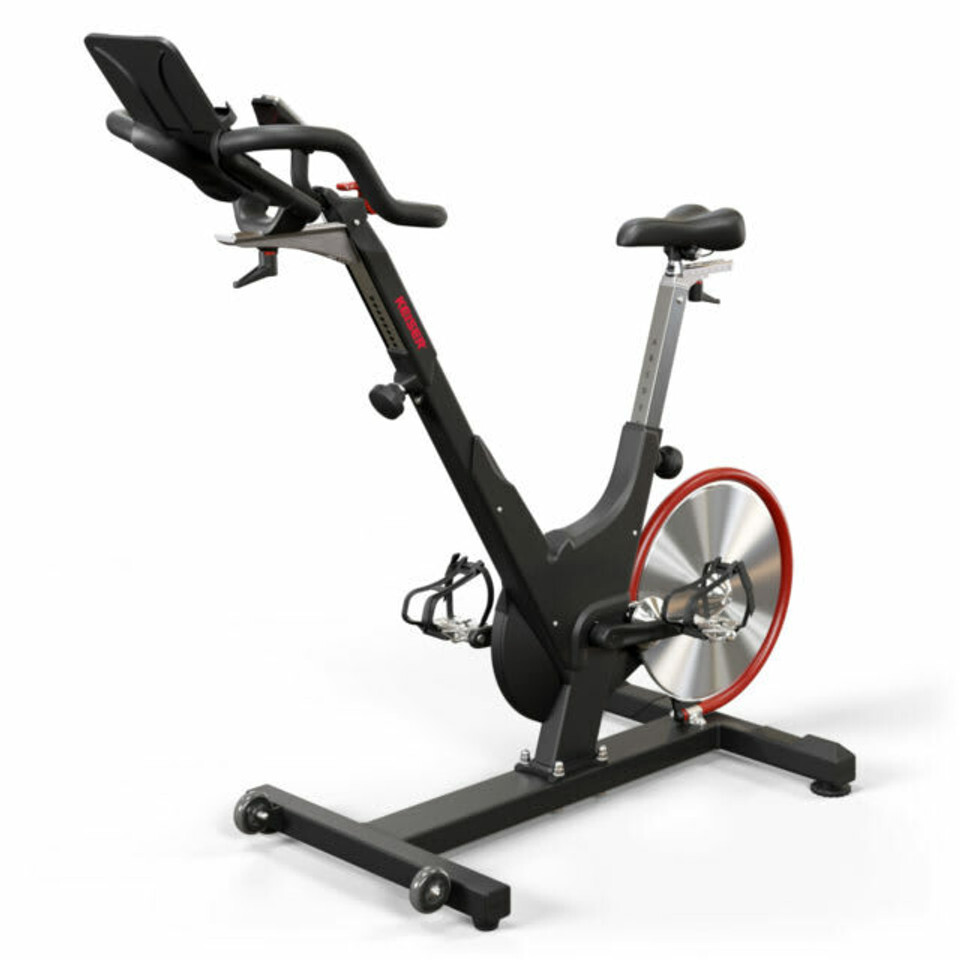Why Magnetic Resistance is a New Standard for Indoor Cycling
Indoor cycling, which started as a simple way to get a cardio workout, has now evolved into a high-tech, performance-driven experience. It is now part of everyone's routine, be it a structured training program, virtual classes, or just a quick ride at home.
This surge in their demand came with lots of advancement. However, no matter how advanced the digital features get, the quality of your ride still comes down to one thing: “resistance.”
The way your bike creates resistance impacts everything from how smooth your pedal strokes feel to how well you can track progress over time. For years, friction-based resistance was the standard. It got the job done, but it came with some frustrating drawbacks, which made way for magnetic resistance as an alternative.
If you’re investing in an indoor bike, let’s first figure out how much of a difference resistance revolution can make on your performance and wallet. Let’s dig into the hype.
Traditional Friction-Based Resistance
Friction-based resistance works much like the brakes on a car—felt or leather pads press against the flywheel to create drag. The harder the pads press, the greater the resistance.
It’s a simple and effective system, but with the following downsides:
- It gets noisy. Since the brake pad makes constant contact with the flywheel, there’s always some level of friction-based sound. Over time, that gentle hum can turn into a grinding, scraping, or squeaking noise.
- It wears down over time. Like brake pads on a car, the friction pads need replacing periodically, which means ongoing maintenance.
- It’s not always consistent. As the pads wear down, your resistance level may change even if you use the same setting. That makes it harder to track progress or follow structured workouts.
For casual riders, these quirks might not seem like an absolute dealbreaker, but for anyone serious about training, friction resistance can quickly feel outdated.
Magnetic Resistance Revolution
Magnetic resistance takes a completely different approach than friction. Instead of using physical contact to create drag, it relies on powerful magnets placed near the flywheel. As the magnets move closer, they create a stronger electromagnetic force (pull), which increases resistance without touching the flywheel.
This small shift in design makes a world of difference, and a major revolution lies in its advantages. For instance, due to no friction involved, it’s completely silent. There’s no grinding, no squeaking, and thus no distractions, just a smooth, quiet ride.
The biggest benefit of magnetic resistance is its consistency. Serious cyclists rely on precise resistance levels to track their performance.
Take the Keiser M3i indoor magnetic cycle, for instance. It takes magnetic technology to the next level by offering seamless resistance changes. Unlike other bikes that rely on preset levels, the M3i allows for incremental adjustments, giving you absolute control over your intensity
Adjusting resistance levels feels natural on M3i, which means you can make smooth transitions between steep hill climb to a sprint without the jerky lag of a mechanical system.
Another key benefit is maintenance—or, should we say, the lack of it. With no brake pads to replace, no need for lubrication, and no risk of components wearing out, magnetic resistance bikes last longer and require far less upkeep.
Does It Really Matter for Your Workout?
If you’re a casual rider looking for an affordable indoor bike, friction-based resistance can still work.
However, if you want a bike that lasts and provides a realistic riding experience with no friction, figuratively and literally, magnetic resistance is the new standard.
Cycling is a sport of rhythm, precision, and endurance. A great indoor bike should enhance that experience, not work against it. So, if you are an avid cyclist, there’s little reason to settle for friction when you can have a supportive, advanced alternative.

